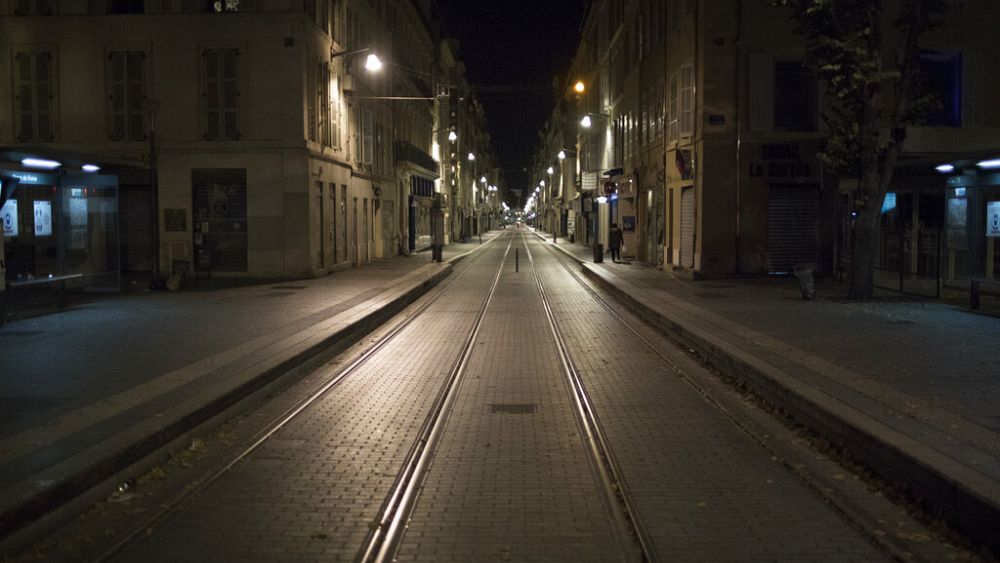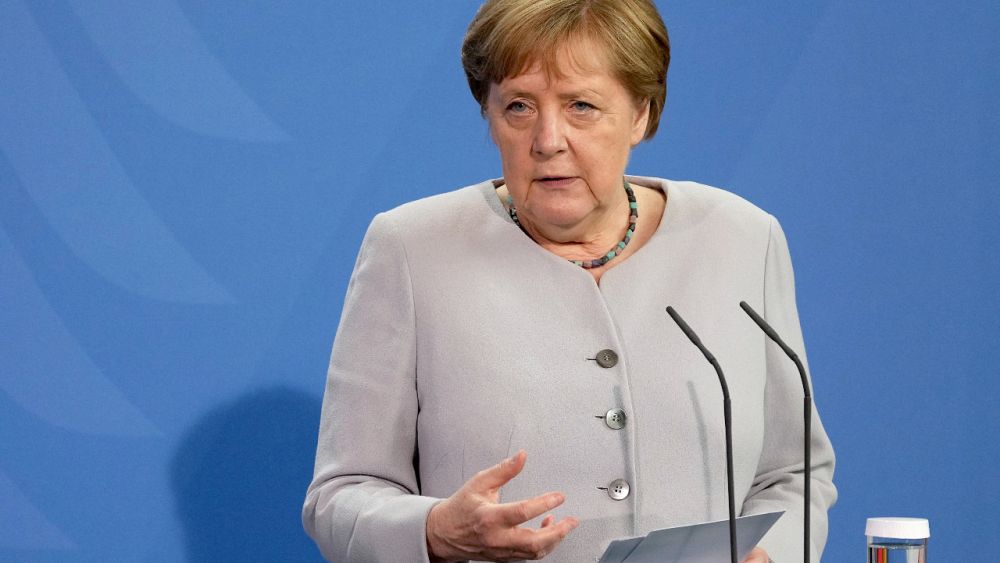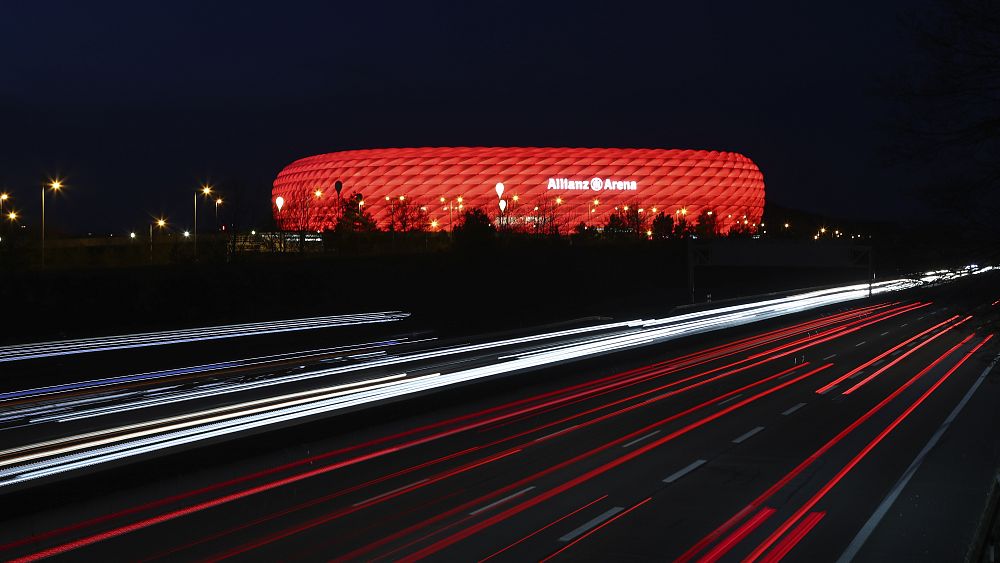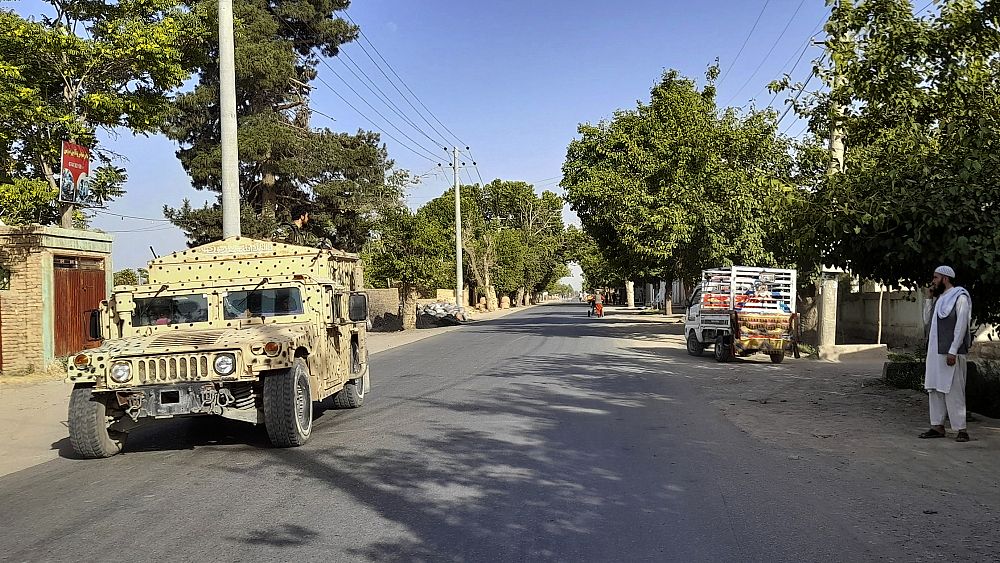Streets in cities across France emptied at 6 pm CET as a new 12-hour curfew came into force to stop the surge of coronavirus cases sweeping the country.
It comes as the country has repeatedly recorded more than 20,000 new cases of COVID-19 after loosening travel restrictions over the holiday season.
That figure is far higher than the government’s target of 5,000 cases per day in order to reopen key industries such as cultural venues and eventually bars and restaurants.
From Tuesday, there will be 25 areas of the country, called “départements,” that have imposed a 6 pm to 6 am curfew in an attempt to limit contagions.
Fifteen departments were put under a stricter curfew from January 2 and a further eight departments followed suit from Sunday, January 10. Another two are due to do the same starting Tuesday, January 12.
Most of them are in the northeastern area of the country, but there’s a growing number that has taken the same course of action in the south-east as well.
The departments include: the Hautes-Alpes, Alpes-Maritimes, Ardennes, Doubs, Jura, Marne, Haute-Marne, Meurthe-et-Moselle, Meuse, Haute-Saône, Vosges, Moselle, Territoire de Belfort, Nièvre, Saône-et-Loire, Bas-Rhin, Bouches-du-Rhône, Haut-Rhin, Allier, Vaucluse, Cher, Côte d’Or, Alpes de Haute-Provence, Var, and the Drôme.
In Marseille, the move hasn’t gone down well with traders.
“It’s going to be super-complicated, especially when I consider my turnover,” complained wine seller Youssef Karam. “I make 80 per cent of my sales around 6 pm”.
Daniel Couzet, a florist in Marseille, said he usually shuts at 7:30 pm, but he says he’ll now have to bring in his flowers two hours earlier.
“It just serves to annoy people and make them rush to the shops from the office. It’s just one more nonsense, one more,” he explained.
French authorities continue to be concerned by the spread of the new, more transmissible variant of COVID-19 discovered in the UK.
In Marseille, a cluster of cases have already emerged of the UK variant, raising alarm in the city.
The next two weeks look set to be crucial for these indicators, according to experts who also fear the probable fallout from the festive season.
Since Tuesday, the average number of contaminations is 18,000 per day. This figure has varied greatly since mid-December, ranging from 3,000 to more than 25,000.
The rate of positivity, however, which measures the percentage of positive people at COVID-19, continued to rise to 6.5 per cent on Sunday against 6.3 per cent on Saturday. It was at 5.2 per cent a week ago.








